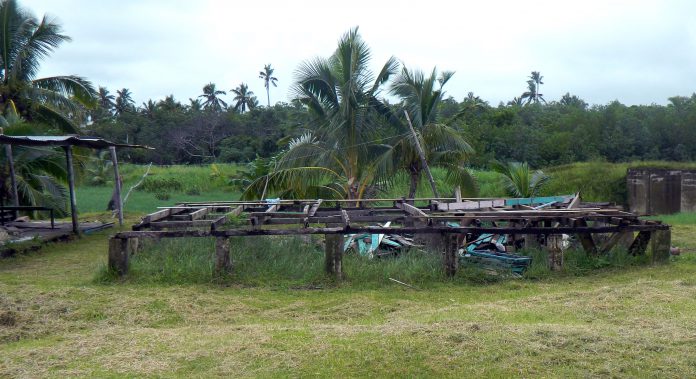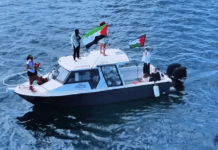
According to the World Bank the Pacific Islands are extremely exposed to natural hazards and climate change impacts, facing threats including cyclones, floods, droughts and rising sea levels. Since 1950, natural disasters have affected approximately 9.2 million people in the region and has caused approximately 10,000 reported deaths and an estimated US$5 billion in associated damage costs. It’s new report proposes ways Pacific Island countries can better invest in climate change risk management and resilience infrastructure for the future.
The Pacific Possible: Climate and Disaster Resilience report, was launched in Fiji at the Symposium on Climate Change Adaption and recommends priority investments that can boost resilience to the year 2040.
It includes possible economic costs of climate adaptation initiatives such as infrastructure for coastal protection, water resources, dealing with severe weather, flooding and agriculture.

Senior Environmental Specialist at the World Bank, Denis Jordy, said vulnerability to climate change and natural hazards increases if new investments are not properly planned.
“This new report quantifies the potential costs of climate adaptation for Pacific Island countries, and targets ways in which decision-makers can effectively manage vulnerability and build resilience to reduce losses, protect livelihoods and save lives.”
Costs of adapting
The report claims the costs of adapting infrastructure to withstand climate change impacts would be an increase on “business as usual” expenditure averaging between two and 20 percent across the Pacific Islands by 2040.
However, these increased costs could be mitigated through reduced economic losses from climate change impacts.
Michael Petterson, Director of the Pacific Community Geosciences Division, said a single disaster could undo many years of economic development.
“This report incorporates risk and environmental hazard impacts as a core element in all development decision-making, allows us the chance to reexamine approaches to development.”
The new report is part of the Pacific Possible series looking at potentially transformative opportunities for Pacific Island countries that warrant further research, understanding and policy action. The series aims to inform government and stakeholder decisions on planning and long-term decision-making.











































